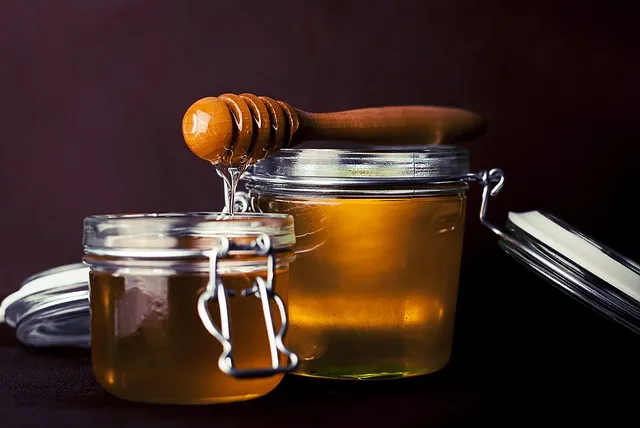4 Natural Antibiotic Foods
Antibiotics the natural way
There are times when antibiotics you get from the doctor can be a true lifesaver. There are, however, people that can not tolerate drugs so well and can cause other ill effects while treating the original problem. There is also the chance of developing resistant strains of bacteria to antibiotics.
Below is an example of at least four types of natural foods that can have antibiotic effects. Eating these natural foods can help the body fight off harmful bacteria.
Including these in your diet can go a long way to keep you healthy.
1. Garlic
Garlic has been proven by scientists at Washington State University to be extremely effective in fighting disease-causing bacteria and increases the overall antioxidant levels of the body. (Source) It is best if eaten raw – perhaps mix it up with some apple sauce to soften the taste – but it can also be purchased in liquid extract form.
2. Oregano Oil
Oregano oil, an anti-bacterial and anti-fungal, is another common remedy to prevent and treat bacterial infections. It contains two active ingredients, thymol and carvacrol, that have been shown to inhibit the growth of bacteria.
3. Honey

Honey is an effective treatment for many health conditions. It is rich in antiseptic and antibacterial properties, making it a great alternative to topical antibiotic ointments, which are also becoming less and less effective due to the rise in antibiotic-resistant bacteria.
Its antibacterial and antifungal properties may help reduce gastrointestinal disorders. Honey can also help some unpleasant skin ailments such as acne and sores, and makes an effective moisturizer when combined with other ingredients such as cucumber.
4. Grapefruit Seed Extract
Grapefruit seed extract has been stated by some practitioners of alternative medicine to possess antibacterial, antiviral, and antifungal properties.
A recent study from The Journal of Alternative and Complementary Medicine found that grapefruit-seed extract was effective in killing over “800 bacterial and viral strains, 100 strains of fungus, and a large number of single and multi-celled parasites.”
